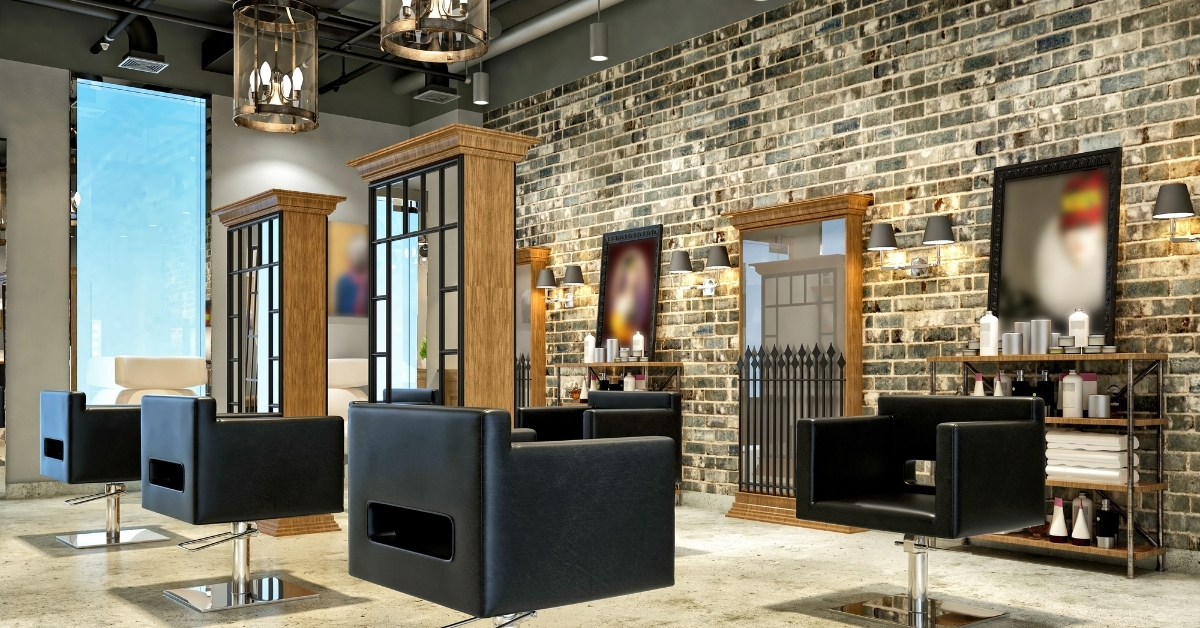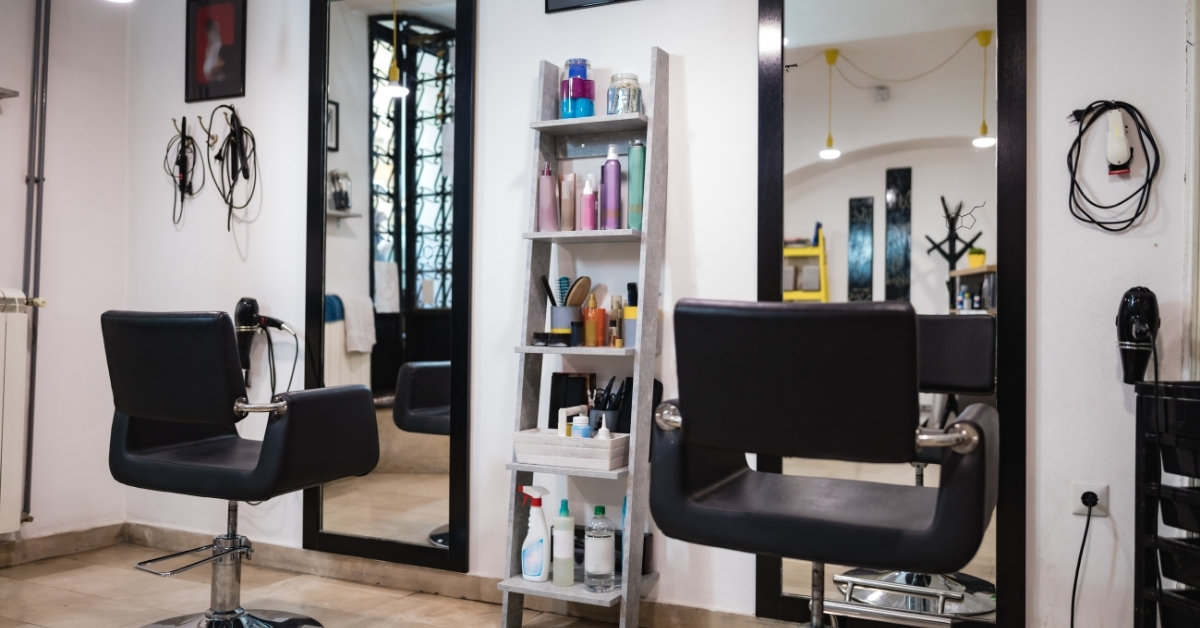
How the Right Salon Interior Designer Creates Spaces That Reflect Brand Identity
Introduction to Salon Interior and Brand Identity
A salon is much higher than a place where customers come for beauty services. It is an environment that communicates the values of the style, comfort, and brand. The design of a salon often speaks louder than words, creating impressions that customers consider business. The role of a salon interior designer is not limited to choosing colors or arranging furniture. Instead, the right professional craft is an experience that reflects the unique identity of the salon and helps to separate it in the highly competitive market.
Understanding Brand Identity in Salon Spaces
The brand is beyond the logo and names. It is personality, value, and promises that a salon makes to its customers. For example, a luxury salon that aims to maintain its position as a premium brand should reflect specificity and elegance in its interiors. On the other hand, a fashionable salon should expose vibrant tones, modern layouts, and energetic aesthetics. A salon interior designer translates these values to the flow of tangible elements such as texture, lighting, seating, and even movement into space.
The Role of Interior Design in First Impressions
Customers often form an opinion about a salon within the first few seconds of walking in. A thoughtfully designed reception area, inviting the color palette, and comfortable seating can communicate professionalism and trust. In contrast, a disorganized or old design can doubt customers ' quality of services. A salon interior designer ensures that the first impression always aligns with the identity of the brand, creating a welcome environment that assures customers that they are in the right place.
Creating a Visual Language Through Design
Each brand speaks through a visual language, and in the salon, interiors act as that language. A salon interior designer selects careful design elements that align with the brand voice of the salon. Minimum salons can embrace neutral tones and smooth furniture, while luxury-centric brands can opt for luxurious textures, gold accents, and dramatic lighting. By doing this, interiors act as a silent storyteller, representing the salon and separating it from the contestants.
Color Psychology and Brand Identity
Color affects emotions and plays an important role in shaping the notion of the brand. A salon interior designer thinks about how to use color psychology effectively. For example, pastel shades can communicate peace and comfort, making them ideal for welfare-oriented salons. Bold tones such as red or purple can highlight creativity and luxury, appealing to high-fashion audiences. The correct color scheme ensures that the interiors resonate with the customer and strengthen the brand positioning.
Lighting as a Branding Element
The light is more than illuminating a place. It sets the mood, highlights the design features, and makes customers feel easily. Bright, even lighting is necessary for functional areas such as hairstyling and makeup, but the environment and pronunciation lighting can create an upscale or comfortable environment based on the identity of the brand. A salon interior designer basically integrates these elements, ensuring that both functions and emotion are considered.

Designing for Functionality and Customer Flow
While aesthetics matters, functionality is equally important in salons. Customers should feel comfortable in different areas, from waiting areas to styling chairs and wash stations. A salon is planning an interior designer layout that eliminates congestion and creates a natural flow of movement. This functionality is directly in the identity of the brand. A high-end brand cannot afford the disorganized layout that causes delay or discomfort. Instead, the design should be embodied with efficiency, peace, and sophistication that aligns with the promise of the salon.
Ergonomics and Comfort for Clients
Comfort plays an important role in shaping the overall salon experience. Ergonomic chairs, well-ventilated spaces, and soothing layouts contribute to how customers see the brand. When customers feel relaxed and valued, they combine those feelings with the brand. A salon interior designer ensures that every element -from meeting to vacancy -resting, relaxes the brand's commitment to quality care.
Balancing Staff Needs with Brand Identity
Staff experience also reflects on the brand. A salon interior designer believes in how stylists and employees interact with space, ensuring ease of movement and access to equipment. When employees work efficiently in a thoughtfully designed space, it translates into better service, which in turn strengthens the reputation of the brand.
Personalization as the Key to Brand Expression
There are no two salons the same, and this specificity should be clear in the design. A salon works closely with the owners of the interior designer salon to personalize the interior to suit the philosophy of the salon. For example, a salon promoting environmentally friendly practices can highlight durable materials and natural lighting, while a brand promoting luxury can emphasize the from Decor. These personal details create an authentic location that can attract customers.
Building Long-Term Brand Value Through Design
Investing in the right salon interior designer is not only about immediate aesthetics-this is a long-term strategy for brand building. Internal customers depicting brand identity increase loyalty, word-of-mouth marketing, and repeat trips. Over time, these design investment makes an emotional relationship with customers, making the brand memorable and reliable.
Case of Gurgaon’s Rising Salon Market
With increasing competition in cities like Gurgaon, salons can no longer rely only on quality services. Customers now expect a complete experience, where the design plays a decisive role in choosing one salon over another. The demand for top salon interior designers in Gurgaon is increasing, as businesses admit that internal brands are as important as services for development. Salon, collaborating with the best interior designer for salon projects in Gurgaon, gains an edge by changing its blank space into brand-powered experiences.

Conclusion
The role of a salon interior designer is much deeper than decoration. It is about translating the identity of the brand to the places that customers can see, feel, and miss. At Interiors by ADs, from color psychology to customer flow and personal touch, each element contributes to the manufacture of a brand that resonates with its audience. In an industry where experience defines success, the right salon ensures investing in an interior designer that the brand not only looks attractive, but also creates long-term recognition and confidence.


